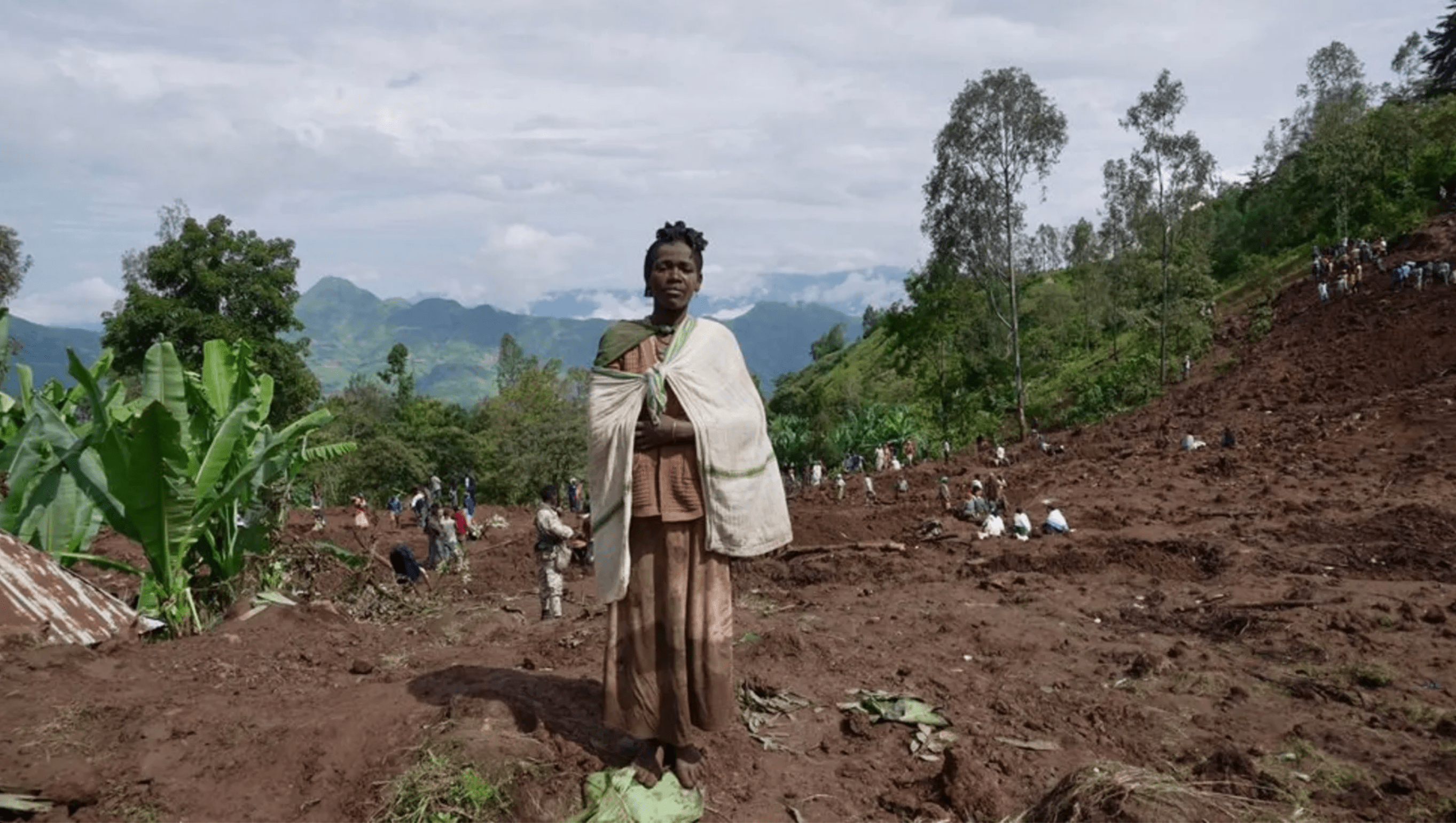A “very close, very localised earth tremor” was felt in the Windhoek area on the evening of January 8, according to the geophysics department in the Ministry of Mines and Energy.
Parts of the capital, particularly Eros and Klein Windhoek experienced the tremor at about 22h00 on that Thursday night. Speculation about the incident ranged from an earthquake to a bomb or missile being tested.”The tremor was either too small or far away to be registered by any of the South African seismological stations,” Lizelle Brink, the seismological analyst of the Council for Geoscience in South Africa, told The Namibian.Windhoek’s two seismological stations were not working at the time of the tremor.But in an effort to accurately determine what hit the city, the Ministry’s geophysics department is still comparing and analysing all available data.”Usually, an earthquake is described as a rise in energy which reaches a peak and then fades away again,” said Reiner Wackerle of the geophysics department.But what took place that Thursday was likened to an explosion by reports from residents of those areas.”It sounded to me like the bomb that exploded in the Kalahari Sand Hotel years ago,” said a Klein Windhoek resident at the time.”We have concluded that this tremor must have been so close that the waves that usually cause this order of rise, peak and fall did not have time to separate.This is why, to many, it felt more like an explosion than an earthquake,” said Wackerle.Windhoek is situated on a number of fault lines and the tremor that occurred on January 8 was not unusual, said Wackerle.”But we are going to improve our seismological stations.With the implementation of a third station, we will be able provide Namibians with accurate annual readings of all underground movement in the country.This should be in place by the end of this year,” he added.Speculation about the incident ranged from an earthquake to a bomb or missile being tested. “The tremor was either too small or far away to be registered by any of the South African seismological stations,” Lizelle Brink, the seismological analyst of the Council for Geoscience in South Africa, told The Namibian. Windhoek’s two seismological stations were not working at the time of the tremor. But in an effort to accurately determine what hit the city, the Ministry’s geophysics department is still comparing and analysing all available data. “Usually, an earthquake is described as a rise in energy which reaches a peak and then fades away again,” said Reiner Wackerle of the geophysics department. But what took place that Thursday was likened to an explosion by reports from residents of those areas. “It sounded to me like the bomb that exploded in the Kalahari Sand Hotel years ago,” said a Klein Windhoek resident at the time. “We have concluded that this tremor must have been so close that the waves that usually cause this order of rise, peak and fall did not have time to separate. This is why, to many, it felt more like an explosion than an earthquake,” said Wackerle. Windhoek is situated on a number of fault lines and the tremor that occurred on January 8 was not unusual, said Wackerle. “But we are going to improve our seismological stations. With the implementation of a third station, we will be able provide Namibians with accurate annual readings of all underground movement in the country. This should be in place by the end of this year,” he added.
Stay informed with The Namibian – your source for credible journalism. Get in-depth reporting and opinions for
only N$85 a month. Invest in journalism, invest in democracy –
Subscribe Now!






